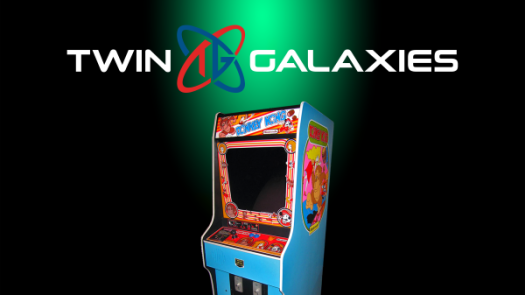As video games continue to insert themselves into the mainstream, they’re slowly becoming visible in places young me would never have expected. Super Bowl commercials, advertisements on public transportation, and even museums. That last one I got to experience first hand at the Franklin Institute of Philadelphia, where the Game Masters exhibit is in full swing.
“Showcasing the work of over 30 innovative game designers,” the official website describes, “Game Masters takes visitors on an interactive journey inside their favorite video games—from the trailblazing arcade era through today's web and console games.” This is truly a walk through the history of video games, from the early arcade days to today’s powerhouse consoles. The exhibit shows a lot of cool, behind-the-scenes items like concept art and design handbooks, and being able to play over 100 games from different eras is super cool. My only complaint is that it went too fast, I wanted more!
The exhibit starts in the “Arcade Heroes” section, with multiple arcade machines sitting under the names that created them. Toru Iwatani (Pac-Man), Eugene Jarvis (Defender), and Ed Logg (Centipede) are just a few, but seeing all of these arcade machines lined up took me back to my childhood in an instant. The named “Shigeru Miyamoto” emblazoned over a Donkey Kong machine was particularly heartwarming for this old dog. What’s more they were all on free play, so I could play whichever game I wanted...with a five-minute time limit the museum imposed so everyone could get a turn.

After that I turned a corner was immediately greeted with the “Game Changers” section, featuring some more contemporary works. There’s a whole section dedicated to Fumito Ueda’s creations -- with some Shadow of the Colossus concept art to boot -- and Blizzard Entertainment. Yuji Naka and Sonic Team also had a presence, with an entire wall of Sega Genesis games and an arcade cabinet of the original Virtua Fighter.I could have spent all day in this section playing things like Altered Beast and Alex Kidd, but I had to move on.
The PC-centric crowd would be happy with the following pieces, with Will Wright and Peter Molyneux next on the docket. Sim City and Spore Creature Creator were playable in the Maxis section, which also include a full design workbook for The Sims by Will Wright himself, and Molyneux’s area let me try Populous, Black and White, and Fable III. This is how the first hall ended, so I walked up the ramp to hall number 2.
The first thing I see when I open the door to Hall 2 is the name “Tim Schaefer” and I know this is going to be great. They have Psychonauts and Brutal Legend playable with concept art for each and a massive statue of Eddie Riggs from Brutal Legend, a really cool way to start this new hall. Across from there is Warren Spector, with Deus Ex and Epic Mickey on full display. The Disney fan in me got a kick out of some of the old Disney trinkets on display, like the Mickey and the Beanstalk vinyl record from the late 1940s.

To the left of the Spector wall is Tetsuya Mizuguchi’s exhibit, with a few screenshots from his many colorful games on the wall and Child of Eden on display. The Game Changers section ended with two musical exhibits, one featuring Paulina Bozek’s SingStar and the other Harmonix with both Rock Band 3 and Dance Central 3. I could dance, sing, or play my way out of Game Changers, which was a neat way to go.
Finally we reached the final third of the Game Masters feature, the aptly named “Indies.” I saw names like Jonathan Blow (Braid), Roxio (Angry Birds), and Jakub Dvorsky (Machinarium), all names I would expect in an area highlighting the best of indie games. What surprised me was a section dedicated to Masaya Matsuura -- with both Parappa The Rapper and Vivribbon playable -- as I always has attributed his works to PlayStation and not the indie scene.

After passing by the works of The Behemoth (Alien Hominid), Markuss “Notch” Persson (Minecraft), Eric Chahi (Another World, Heart of Darkness) and Thatgamecompany (Flow, Flower, Journey) among others, there was only one more indie game to play: 8-Bit Ben, an 8-bit adventure created by the Franklin Institute itself. It featured two types of controllers: a standard NES-style pad and four balls of clay connected to electrodes. As long I kept one finger on a specific clay ball, touching the other ones would allow me to run and jump as I would with a pad. It was a simple game with a fascinating way to play, and a perfect end to the exhibit as a while.
Game Masters: The Exhibition is a neat walk through gaming history with plenty to see and play. Seeing these big names from my and countless other childhoods and their games featured in an exhibit like this makes me super happy, as again this sort of thing was unheard of back when I was growing up with the games in this exhibit. I’m hoping to go again before the September 3rd closing date, if only to let my daughter play around with some games too. If you’ll be in the Philadelphia area and games are your thing, Game Masters should be a definite stop on your tour.







